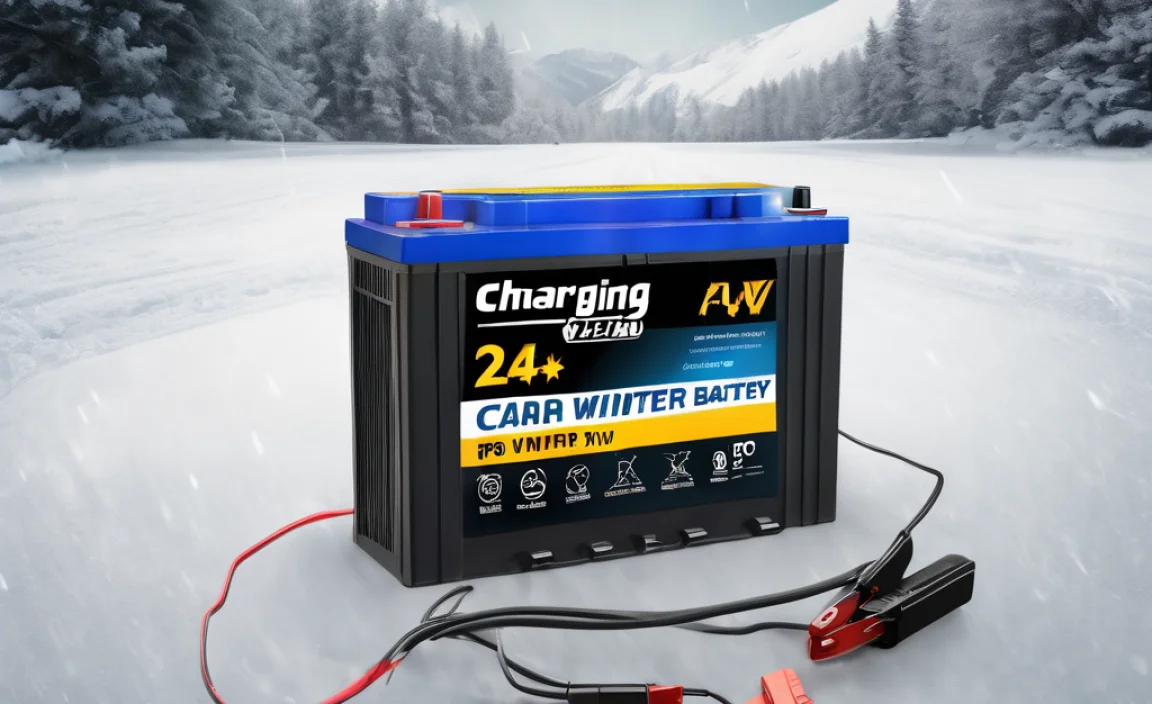Lithium ion battery anode performance is a critical factor in determining the overall efficiency, longevity, and power output of these ubiquitous energy storage devices. As the demand for portable electronics, electric vehicles, and grid-scale energy storage continues to surge, so does the need for advanced anode materials that can push the boundaries of what’s possible. The anode, responsible for storing and releasing lithium ions during the charging and discharging cycles, plays a pivotal role in this electrochemical dance. Its composition, structure, and surface properties directly influence key metrics like energy density, power density, cycle life, and safety.
Understanding the Role of the Anode in Lithium Ion Batteries
At its core, a lithium-ion battery operates by shuttling lithium ions between the cathode and the anode through an electrolyte. During discharge, lithium ions migrate from the anode to the cathode, releasing electrons that flow through an external circuit, powering your device. During charging, the process is reversed, with lithium ions moving from the cathode back to the anode. The anode material must be capable of reversibly intercalating (embedding within its structure) or alloying with a high concentration of lithium ions, and doing so quickly and repeatedly without significant degradation.
Historically, graphite has been the dominant anode material for lithium-ion batteries. Its layered structure allows for relatively stable intercalation of lithium ions, and it is abundant and cost-effective. However, graphite has inherent limitations. Its theoretical capacity (how much lithium it can store per unit mass) is around 372 mAh/g, which is a significant hurdle for achieving the higher energy densities required for applications like long-range electric vehicles. Furthermore, at very high charging rates, graphite can lead to lithium plating, a process where metallic lithium deposits on the anode surface, which can cause safety issues and rapid capacity fade. This is where the search for anode for lithium ion battery materials offering superior performance truly shines.
Exploring Advanced Anode Materials for Enhanced Performance
The quest for the best performance in lithium-ion battery anodes has led researchers to explore a diverse range of materials beyond graphite. These advancements aim to overcome the limitations of traditional anodes by offering higher theoretical capacities, improved rate capabilities, and enhanced cycle stability.
Silicon Anodes: Silicon holds immense promise as a next-generation anode material due to its exceptionally high theoretical capacity of around 4200 mAh/g, which is more than ten times that of graphite. This potential for significantly higher energy density is a major draw for applications demanding extended runtimes. However, silicon suffers from a colossal volume expansion (up to 400%) when it lithiates. This dramatic swelling can lead to pulverization of the silicon particles, mechanical stress on the electrode structure, and rapid degradation of the solid electrolyte interphase (SEI), a protective layer that forms on the anode surface. The key to unlocking silicon’s potential lies in managing this volume expansion through nanostructuring, alloying with other elements, or creating composite materials. For instance, silicon nanoparticles, nanowires, or porous silicon structures can better accommodate the volumetric changes.
Metal Oxides and Sulfides: Transition metal oxides (like Fe2O3, SnO2, TiO2) and sulfides (like FeS2, MoS2) offer promising alternatives with high theoretical capacities through conversion or alloying reactions. Unlike intercalation, conversion reactions involve breaking and reforming chemical bonds, which can release more energy but often bring challenges related to structural stability and voltage hysteresis. Alloying materials like tin (Sn) and germanium (Ge) can store lithium through the formation of intermetallic compounds, offering higher capacities than graphite. However, like silicon, these materials also experience significant volume changes during lithiation and delithiation.
Lithium Titanate (LTO): While LTO doesn’t offer a higher capacity than graphite, it excels in other critical performance areas. LTO has a unique zero-strain property, meaning it undergoes minimal volume change during lithium ion insertion and extraction. This exceptional stability translates into incredibly long cycle life (tens of thousands of cycles possible) and remarkable safety characteristics, as it is less prone to lithium plating even at high charge rates. LTO also exhibits excellent low-temperature performance. Its drawback is its lower operating voltage compared to graphite, which results in a lower overall cell voltage and hence lower energy density.
The Importance of Electrode Design and Manufacturing for the Anode
Beyond the choice of material, the way the anode for lithium ion battery is designed and manufactured plays a crucial role in its performance.
Particle Size and Morphology: Controlling the size and shape of anode particles is vital. Smaller particles can offer larger surface areas for ion diffusion, leading to better rate capabilities. Nanostructured materials, as mentioned with silicon, are particularly important for accommodating volume changes.
Conductive Additives and Binders: To ensure efficient electron transport within the electrode, conductive additives like carbon black are mixed with the active anode material. Binders, such as polyvinylidene fluoride (PVDF) or carboxymethyl cellulose (CMC), hold the active material and conductive additive together and adhere them to the current collector. The choice and amount of these components can significantly impact electrode conductivity, mechanical integrity, and ultimately, performance.
Electrode Thickness and Loading: Thicker electrodes can store more active material, leading to higher energy density. However, thicker electrodes can also present challenges for lithium ion diffusion, potentially limiting power density. Balancing these factors is a key aspect of electrode engineering.
* SEI Layer Management: The formation and stability of the SEI layer are paramount. A stable SEI acts as a protective barrier, preventing continuous electrolyte decomposition, which degrades the anode and shortens its lifespan. Strategies to improve SEI stability include using electrolyte additives or developing anode materials that form more robust SEI layers.
Future Directions and the Pursuit of the “Best” Anode
The “best” anode for lithium ion battery is not a one-size-fits-all answer; it depends heavily on the specific application requirements. A battery for a high-performance drone might prioritize power density and fast charging, favoring materials like LTO or optimized graphite. Conversely, a battery for an electric vehicle needs a balance of energy density, cycle life, and safety.
Ongoing research is focused on developing novel composite anodes that combine the high capacity of silicon with the stability of graphite or other materials. Solid-state electrolytes are also being explored, which could revolutionize battery technology by enabling the use of high-energy-density anode materials like pure lithium metal, while also enhancing safety.
The journey to optimize anode performance in lithium-ion batteries is a dynamic and exciting field. By pushing the boundaries of materials science, nanotechnology, and electrode engineering, researchers are continuously unlocking new possibilities, paving the way for batteries that are more powerful, longer-lasting, and safer than ever before.


